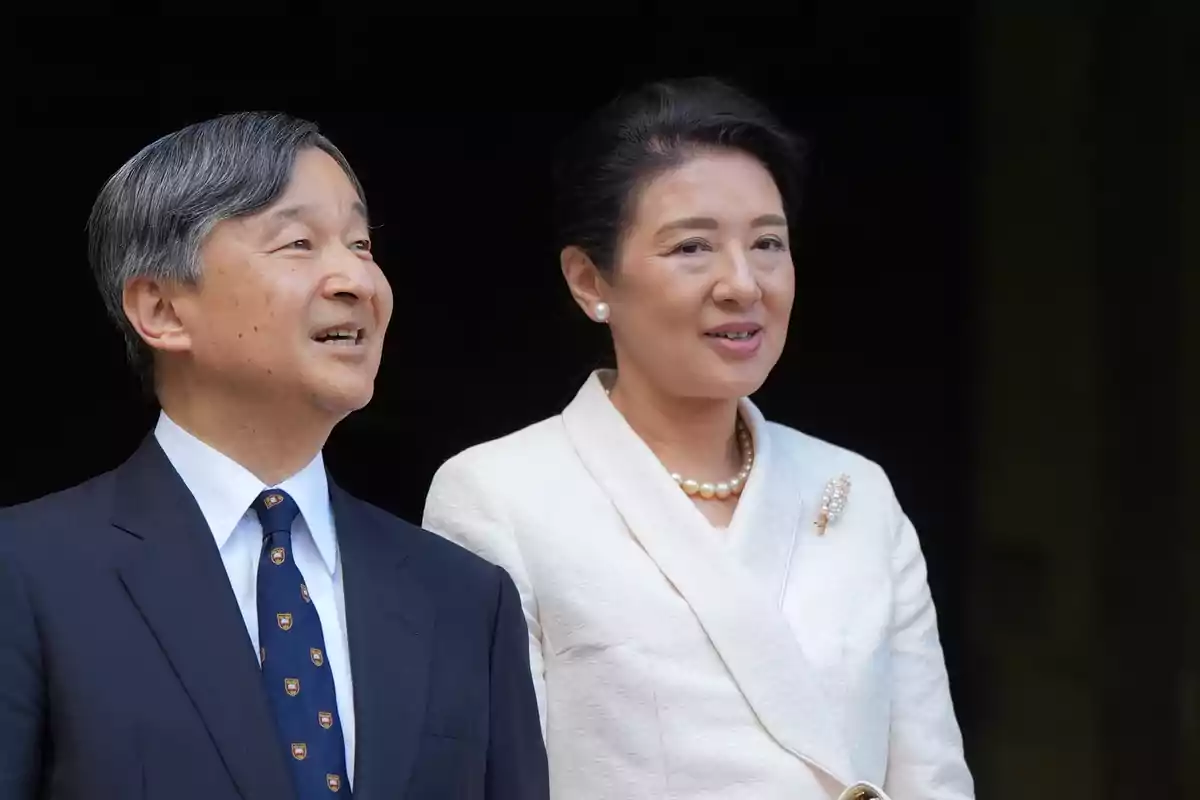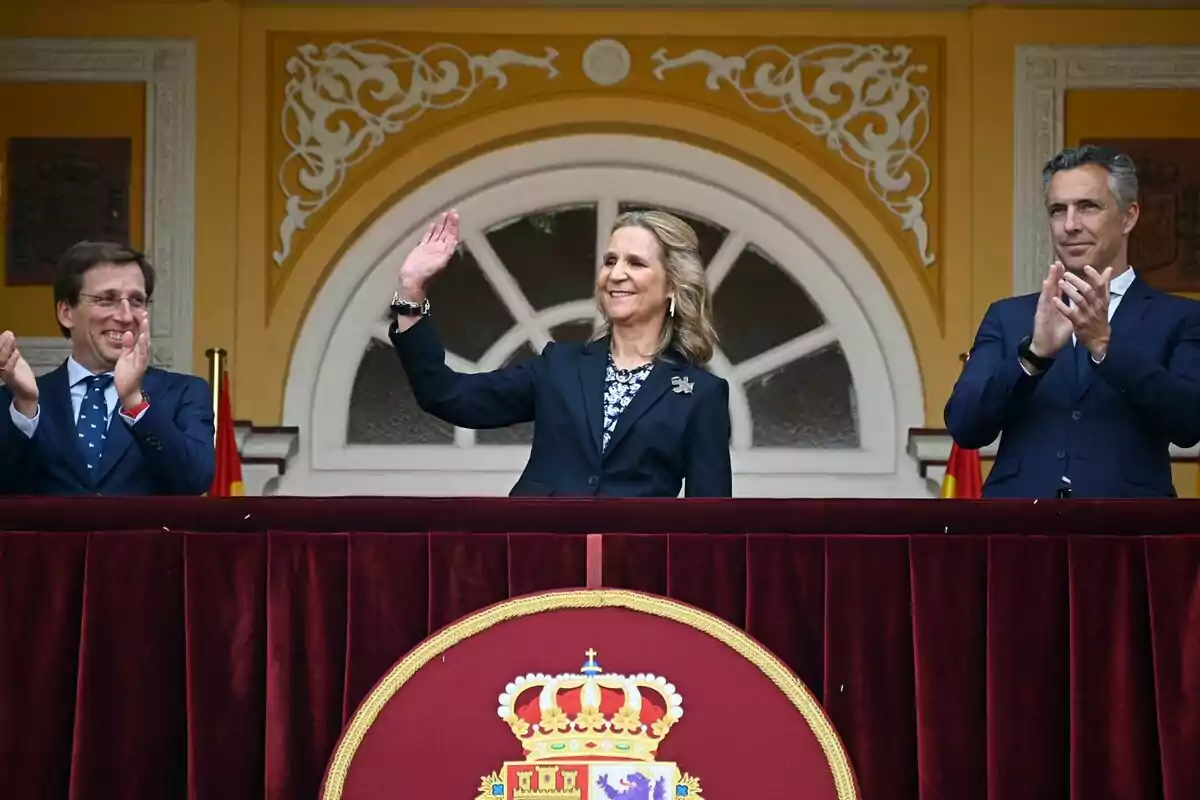Emperor Naruhito and Empress Masako are one of the most well-known couples in the Japanese royalty, but few knew that their story began thanks to a Spanish princess. In 1986, Infanta Elena traveled to Tokyo to attend the opening of an exhibition dedicated to El Greco. During her visit, a tea ceremony was held in her honor that would end up uniting Naruhito and Masako forever.
The event was organized as part of the cultural agenda, but it also had another more discreet goal: to bring together young single women with the crown prince. Masako, the daughter of a high-ranking Japanese diplomat, was not initially included on the guest list. However, she was added at the last minute, and her presence would mark a turning point.

At that event, Naruhito and Masako met for the first time and connected immediately. Although it was not a classic love at first sight, there was an interest that over time would turn into love. Infanta Elena, unknowingly, had witnessed the birth of a story that is now part of imperial history.
Elena returned to Spain without imagining that her presence had changed the course of the Japanese royal family. For years, the origin of that relationship was kept silent. Now, more than three decades later, it is confirmed that her intervention was decisive.

Infanta Elena, key piece in an unexpected romance
Masako was a young woman with a bright future and many reasons to reject a life of protocol. She had graduated from Harvard, studied law in Tokyo, and continued her studies at Oxford. Her profile was closer to that of a diplomat than a princess.
When Naruhito proposed marriage to her for the first time, Masako turned him down. It was not just once, but twice that she expressed her doubts. The idea of becoming part of the imperial family meant giving up her career and her personal freedom.
Despite the refusals, Naruhito insisted firmly but respectfully. In 1993, she finally agreed to marry him, convinced by the commitment he showed toward her. During the wedding, Masako revealed that his promise to protect her was what made her take the step.
The ceremony was solemn, with 800 guests, but without international leaders. It was an event meant to reinforce tradition, not to show power abroad. The wedding was a mix of love, duty, and hope.
A brilliant princess who paid a high price
Married life was not easy for Masako. The demands of imperial protocol and isolation affected her mental health. In 2006, it was revealed that she suffered from an adjustment disorder linked to anxiety and depression.
Masako withdrew from public life for a while, while her husband supported her at all times. Naruhito kept his word to protect her, even facing criticism within the imperial environment itself. That attitude further strengthened the bond between them.
The pressure to have offspring was also constant. In 2001, after several treatments, their daughter Aiko was born. Although her birth was celebrated, it did not solve the debate over succession to the throne.
Japanese laws prevent a woman from inheriting the throne. For this reason, Aiko is not in the line of succession, which is still headed by Naruhito's brother. The country is still debating whether it is time to allow an empress.

The role of Infanta Elena in the history of the empire
The rumor about Infanta Elena's involvement in this story had been circulating for years. Now we know that not only was it true, but her presence was essential for Naruhito and Masako to meet. A diplomatic act unintentionally became a decisive gesture for the future of the Japanese empire.
The connection between the royal houses of Spain and Japan has been discreet but significant. Elena, without intending to, left an indelible mark on the history of another royal family. Her role, though brief, changed the course of two lives.
Today, Naruhito and Masako represent an image of unity, commitment, and overcoming adversity. They have faced the challenges of power and tradition together. It all began with a tea ceremony and the visit of a Spanish princess.

